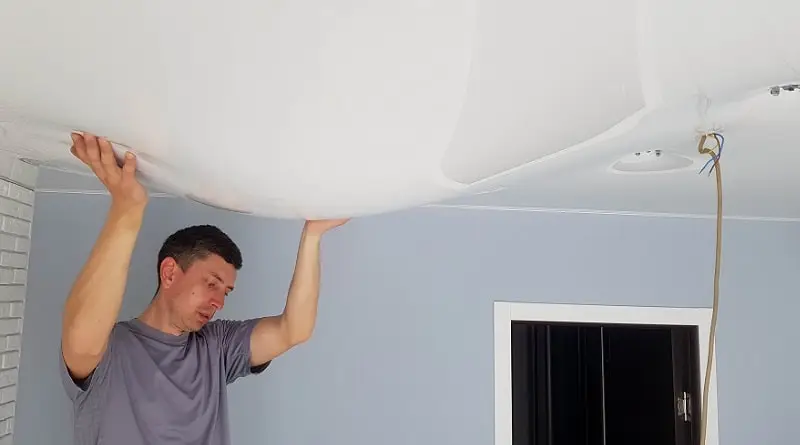Should i pop a water bubble on my ceiling? Finding a water bubble on your ceiling can be a concerning sight. It often raises the question: should I pop it? In this article, we’ll delve into the considerations and potential consequences of dealing with a water bubble on your ceiling.

Understanding Water Bubbles on Ceilings
Water bubbles on your ceiling usually result from a leak in the roof, plumbing, or a burst pipe. The bubble forms when water infiltrates the ceiling material, causing it to swell and create a visible bulge. While the immediate instinct may be to pop the bubble to release the trapped water, it’s essential to assess the situation carefully.
When to Pop a Water Bubble:
- Safety First: Before taking any action, ensure your safety. If the bubble is large or the ceiling material is sagging significantly, there’s a risk of it collapsing and causing injury. In such cases, it’s best to stay clear and avoid the area until professional help arrives.
- Small Bubbles: If the water bubble is relatively small, less than a few inches in diameter, it may be possible to address it carefully. You can use a small pin or needle to create a tiny hole at the bubble’s lowest point. This should allow the trapped water to drain slowly without causing further damage.
- Controlled Drainage: When popping a small water bubble, be prepared with a bucket or container to catch the draining water. This helps prevent water from splashing onto the floor or furnishings.
When Not to Pop a Water Bubble:
- Structural Damage: If the water bubble has caused significant structural damage to the ceiling, it’s best not to pop it. Popping it could lead to further damage, including a complete collapse of the ceiling.
- Electrical Hazards: Avoid popping a water bubble if it’s in close proximity to electrical fixtures, such as ceiling lights or fans. Water and electricity do not mix, and you could risk electrocution.
- Mold Concerns: Popping the bubble may release water that has seeped into the ceiling material. This can create an environment conducive to mold growth. To prevent mold issues, it’s essential to address the root cause of the leak and thoroughly dry the affected area.
- Professional Help: When in doubt or if the situation is complex, it’s best to seek professional assistance. A qualified contractor or restoration specialist can assess the damage, locate the source of the leak, and recommend the appropriate course of action.
Addressing the Root Cause
While addressing a water bubble on the ceiling is a temporary fix, the most crucial step is to determine and rectify the source of the leak. Once the leak is repaired, the ceiling can be properly restored or replaced.
Conclusion: Safety and Prevention
When faced with a water bubble on your ceiling, safety and prevention should be your top priorities. Carefully assess the size and condition of the bubble and consider the potential risks and consequences before deciding to pop it. In many cases, it’s best to consult with professionals who can address the root cause of the issue and ensure a safe and effective solution, preventing further damage and potential hazards in your home.